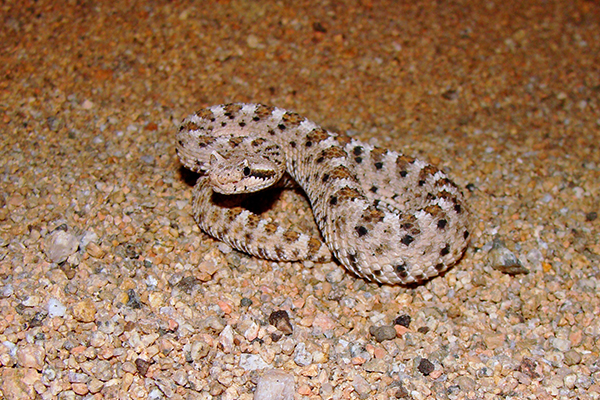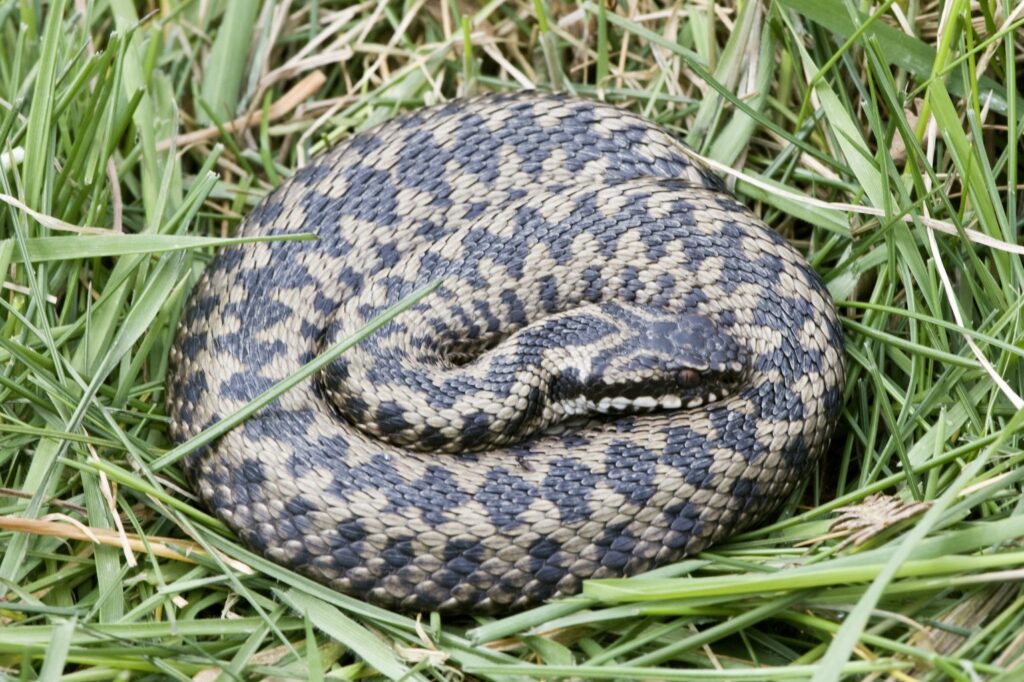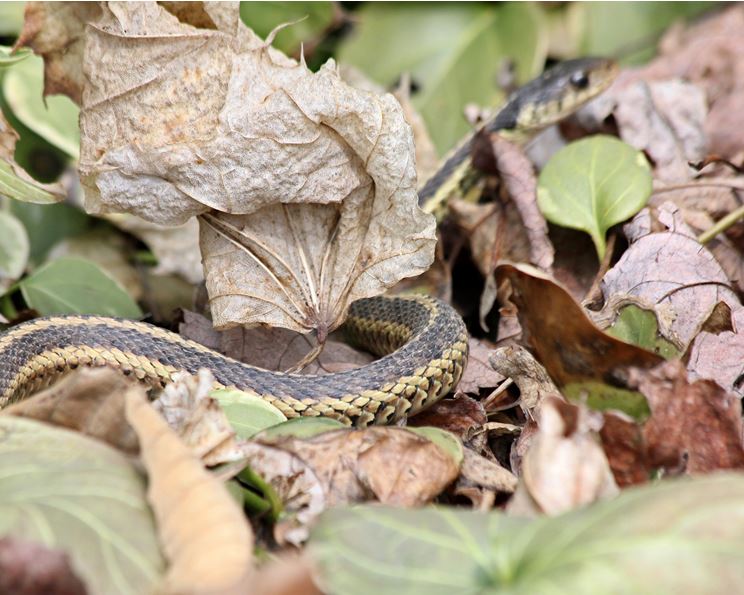How to Get Rid of Snakes Naturally
Most North American snakes are non-poisonous and good for our gardens, feasting on many of the pests that dig up our yards and damage our plants. However, that’s little consolation if you’re afraid of snakes or just plain don’t want them around your family and pets. If you’ve seen snakes around your home, and you’d like to get rid of them, try these natural methods.
Tall grass, brush piles, and stacks of junk are the perfect habitat for mice, rats, and insects, which makes them the perfect habitat for snakes, too. Eliminate these spots from your yard, and the snakes are likely to go elsewhere
Snakes eat moles, voles, mice, rats, crickets, slugs and a whole range of insects. If you have a known problem with any of these pests, work to correct it, so your yard is no longer an easy source of food.
Snakes will snatch eggs out of a chicken coop and bunnies out of a hutch, so if you have small backyard animals, know that snakes view them as another easy source of food. Take pains to secure your animal enclosures against predators, so snakes have one less reason to hang around your yard.
Some things to consider:
Wrap the entire cage in hardware cloth (including the floor).
Cover any vents in the wall or roof with hardware cloth.
Keep the door closed at all times, so they don’t have an easy point of entry.
Repair/replace damaged boards, roofing material, and hardware cloth swiftly, so there aren’t any vulnerabilities.

Snakes
What are snakes?
There are more than 3,000 species of snakes worldwide, and these reptiles are one of the most feared on the planet. However, in nature, snakes are incredibly beneficial by feeding on a variety of smaller animals, including rodents, and helping to control their populations.
The dry, hot desert climate and throughout allows these cold-blooded animals to thrive. Being cold-blooded means that their body temperature mimics the temperature outside. When the weather is warm, snakes are active, and when the weather is cold, they hibernate because they are unable to digest food
Are snakes dangerous?
Other species like the corn snake and night snake are less of a threat. Even though they will bite when defending themselves, their venom is not strong enough to cause health problems in people. Due to the large number of dangerous venomous snakes in our area, if you are bitten by a snake and you are unsure of its species, it’s a good idea to seek medical attention.
Another problem with having snakes on your property is the emotional toll it can take. Many people have a phobia of these slithering reptiles, and for good reason! Snakes hide out of sight, and people often come into contact with them accidentally. It can be very stressful knowing that snakes are on your property and not know when or where you may come across one.
Why do I have a snake problem?
Snakes are a significant problem for property owners in our area because they thrive in the hot weather. If your yard provides snakes with a lot of places to hide and abundant sources of food, it will be more attractive to these reptiles.

Snake bites
What to do while you’re waiting for help
Do
stay calm, most snake bites in the UK are not serious and can be treated
keep the part of your body that was bitten as still as you can
lie in the recovery position if you can
take paracetamol for any pain
try to remember the colour and pattern of the snake to tell the doctor
take off any jewellery and loosen clothes near the bite, in case it swells
Don’t
do not go near the snake, or try to catch or kill it
do not try to suck or cut the poison (venom) out of the bite
do not tie anything tightly round the part of the body where the bite is
do not take aspirin or ibuprofen, as they can make bleeding worse
What happens at the hospital
You will usually need to stay in hospital for at least 24 hours if you have been bitten by a snake. The bite will be cleaned and bandaged. You may be given an injection to help protect you from tetanus.
If you were bitten by a poisonous (venomous) snake you will be treated with a medicine to fight the venom. This is given through a thin tube into a vein, called a drip.
The adder is the only venomous snake, but you should get all snake bites checked as soon as possible. Telling the doctors the colour and pattern of the snake that bit you could help them treat it.

Snakes Information
Some snakes can benefit the yard and garden. Snakes are one of nature’s most efficient mousetraps, killing and eating a variety of rodent pests. While snakes will not eliminate pests, they do help keep their numbers in check. Some harmless snakes (such as king snakes and coachwhips) eat other snakes, including poisonous ones.
Although you wouldn’t want a poisonous snake around your home, snake venom can be beneficial in developing a variety of human medicines. Researchers are conducting studies using snake venom to develop treatments for blood and heart problems. Snake venom also is being investigated for controlling some types of harmful bacteria.
Snake Biology
Snakes are ectotherms, meaning they control their body temperature by absorbing or giving off heat. Because their body temperature is affected by environmental temperatures and varies with surrounding conditions, snakes become inactive during very hot and very cold times of day and seasons. During periods of inactivity, snakes can go for several weeks without eating
Because they are cold-blooded, snakes must rely on their behavior to regulate body temperature. During the hot part of the day, snakes move to shaded areas. On cool days, they sun themselves in warm, open areas. Snakes often seek out paved roads, where they are attracted by heat from the road surface.
Because snakes have a backbone, they are classified as vertebrates. Among other vertebrates like fish, mammals, birds and people, the snake’s skeletal system is unique. Snake bones are very light and the skeleton is highly flexible. The lower jaw and skull are connected by a piece of stretchy material (ligament) that allows the snake to open its mouth very wide and move each jaw independently. Thus, snakes can swallow prey much larger than their head by “walking” their mouth around the food from side to side in a forward movement.
Snake Repellent: How to Get Rid of Snakes
Home owners are often faced with hard-to-manage pests, and perhaps the most difficult to deal with are snakes. Proper snake control isn’t the easiest of tasks: you need a basic knowledge of snake repellent application as well how to effectively employ snake traps and snake fencing. What’s more, there are also natural snake control options (in the form of all natural snake repellents and snake deterring animals) for you to consider.
In this guide, we’ll delve into how you can keep snakes away with the help of snake repellent, snake traps, snake poison, natural snake repellent, snake fences, and much more.
How to Get Rid of Snakes
Snakes are an integral (and often unavoidable) part of rural or recently rural environments. They cause very few problems and, aside from their venomous representatives, do not generally represent a threat to humans or their pets.
In fact, snakes are effective in managing populations of several other common pests, especially mice and certain types of insects. Even so, many home-owners consider it unsettling to know that their property is home to one or more snake species.
Evaluate Your Situation & Eliminate Hiding Places
If you’ve come across a snake in your house, chances are that you’ll find more on your property. It’s therefore important to actively search for areas that are attractive to snakes. This initial assessment will allow you to eliminate or minimize any snake habitat around your home (places where snakes can find food and shelter).